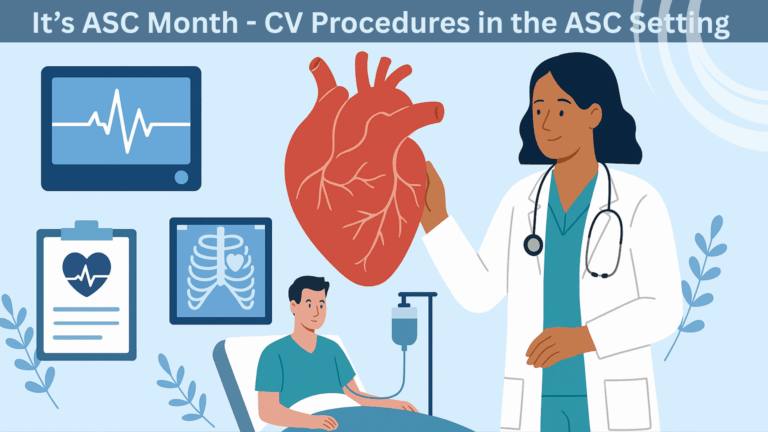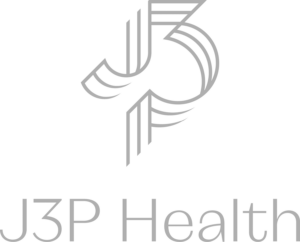For many years and even now, socio-economic factors related to outcomes following coronary artery bypass graft (CABG) surgery have not been well understood. Many studies have evaluated outcomes using insurance status and race as variables, as they were easily accessible from patient databases, though the studies themselves were limited in their ability to define any true relationship. Other studies have used household income and employment status. But in order to understand the effects on health disparities on outcomes, it is important to consider social, financial, as well as economic status comprehensively.
Recently, the Economic Innovation Group released what they refer to as the “Distressed Communities Index” (DCI). The DCI is a composite score based on seven metrics including: no high school degree, housing vacancy rate, adults not working, poverty rate, median income ratio, change in employment, and change in business establishments. These seven metrics are weighted and used to calculate a zip codes rank compared to geographic peers. The raw distress scores range from 0 (no distress) to 100 (severe distress).
Based on the national DCI calculations, one in six Americans resides in a zip code ranking in the top 20% of socioeconomic distress. The ability of these Americans to obtain appropriate and accessible healthcare is often very challenging.
A Charlottesville, VA study used data from the Virginia Cardiac Services Quality Initiative (VCSQI) database for all patients that underwent isolated CABG between January 1, 2010 and January 31, 2017. The VCSQI database captured information from the STS database related to demographic, preoperative, clinical, and 30-day outcomes data. Cost data obtained from Uniform Billing – 04 files were then matched to the STS data. Patients were excluded if zip codes were missing, as this information was used to link patients to DCI. Operative mortality was the primary end point for the study, which was obtained from the STS.
A total of 19,756 patients underwent isolated CABG surgery during the study period. Characteristics of the study group were:
- Mean age 64.5
- Predicted Risk of Mortality 2.0%
- Urgent cases 62.1%
- 3-Vessel CABG 75.9%
- Insurance status primarily government payor 56.6%
- Operative mortality 2.1%
- Major morbidity 11.9%
- Most common in-hospital postoperative event was atrial fibrillation
Results indicated that the patients’ DCI scores were highly predictive of operative mortality after CABG surgery. Additionally, every 25 point increase in the DCI score was associated with a 14% increase in the odds for mortality. There was, however, no significant difference in the rate of morbidity following CABG between DCI quartiles. This is a metric that may be added to the STS database in the future, as well as a variable in preoperative risk prediction models.
In conclusion, when considering DCI index by zip codes, there is no doubt it is a significant factor when reviewing clinical outcomes. The USDA’s Office of Partnership and Public Engagement (OPPE) develops partnerships that focus on solutions for the challenges facing rural and underserved communities by connecting them to education, tools, and resources available through the U.S. Department of Agriculture programs and initiatives aimed to improve community prosperity. However, despite significant progress, Americans’ exposure to community prosperity remains divided along racial lines.
Black and Hispanic households have a higher likelihood of residing in a distressed zip code than whites. The mean household income for a typical black household in a prosperous zip code is 92% of the typical white household. In distressed zip codes, it is only 66%. Plus, in consideration of the pandemic’s effect, people of color working in low wage industries have been placed in even more of a financial recession when compared to other sectors that were largely untouched. This situation will most likely play a role in the healthcare outcomes in our near future.
Understanding the socio-economic status by use of the DCI index in your area can help to identify pockets of patients in your market that would be considered high-risk … which can then be shaped as a foundational motivation for the development of community outreach / education to improve quality outcomes. Likewise, as these patients are identified (for surgery, for instance) other supportive measures can be put in place to address the pre- and post-op follow-up as needed, working along with home health care agencies. Knowing the dynamics of these low DCI-index areas can be valuable information to proactively address care concerns that can eventually impact outcomes overall, which in turn impacts community perception, reputation, publically-reported care quality scores, and more.
Corazon can assist organizations with above-average mortality rates by not only analyzing the program overall, but through a market review as a means to determine whether DCI has also played a part in adverse outcomes. Regardless of the reason, establishing programs focused on community outreach, education, and quality improvement initiatives will only work to ensure better care is optimally delivered to the community…including patients of all DCI ranks.
Socioeconomic ‘Distressed Communities Index’ Predicts Risk-Adjusted Mortality After Cardiac SurgeryAnn Thorac Surg. 2019 June ; 107(6): 1706–1712. doi:10.1016/j.athoracsur.2018.12.022
GaviasThemes 2016 USDA Community Prosperity

 company
company 
 (412) 364-8200
(412) 364-8200



























